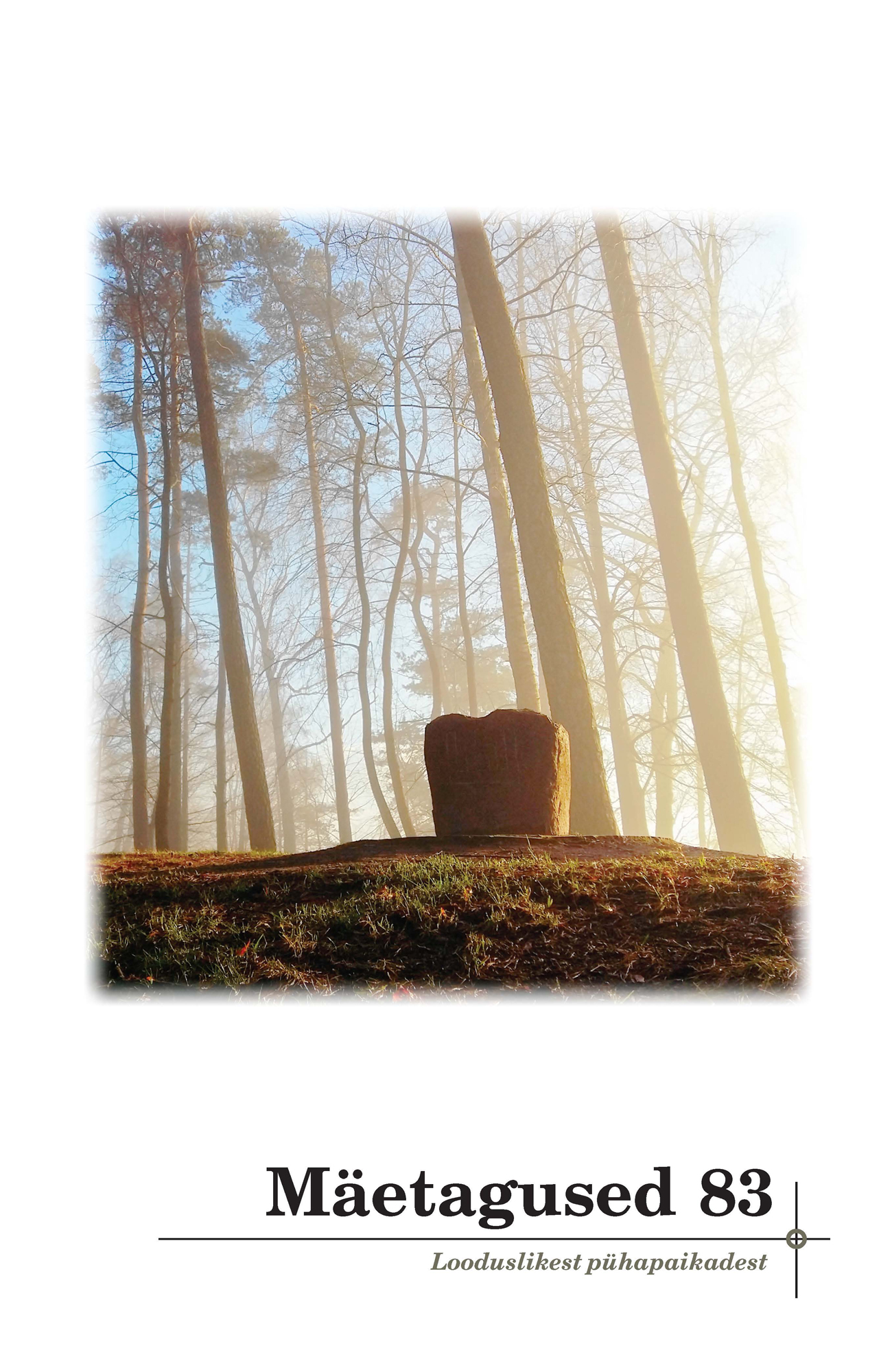Loomade ja inimeste suhteid tähistavad loitsud – adresseerimine, eufemismid, düsfemismid
Euphemisms on the example of incantations: Incantations marking relationships between animals and humans
Author(s): Mare KõivaSubject(s): Customs / Folklore, Cultural Anthropology / Ethnology, Culture and social structure
Published by: Eesti Kirjandusmuuseum
Keywords: euphemism; dysphemism; incantation; ritual; raven spell; taboo; wolf spell;
Summary/Abstract: The use of euphemisms is a characteristic of everyday language use today. However, substitute names and euphemisms were widely used in incantations, where euphemisms were tightly interwoven with taboos. In incantations euphemisms are used in various situations: healing the sick, coping with animals and natural phenomena, creating social relationships; coping with core rituals of human life (primarily birth and death); retaliating for theft, murder, and infidelity; promoting one’s work. Euphemisms represent an important pole in the use of verbal magic, and they are different from references to dysphemisms, that is, using vituperation, cursing, profanity or hexing to cut off contact or to achieve one’s goal. This article discusses general principles for the use of euphemisms and examines which euphemisms are used in which functions, using examples of certain belief rituals and values (fishing), symbolic animals (the wolf and the raven) and cockroaches. The results demonstrate that there is no direct appeal in 11% of texts concerned with wolf words, in 10.9% of texts about ravens, and 58% of texts about cockroaches; and euphemisms are used in 66% of texts concerned with the wolf, in 19,5% of texts about the raven, and 32,2% of texts about cockroaches, whereas dysphemisms are used in 32% of texts about the raven and in 3% of texts about cockroaches.
Journal: Mäetagused. Hüperajakiri
- Issue Year: 2022
- Issue No: 83
- Page Range: 219-252
- Page Count: 34
- Language: Estonian

